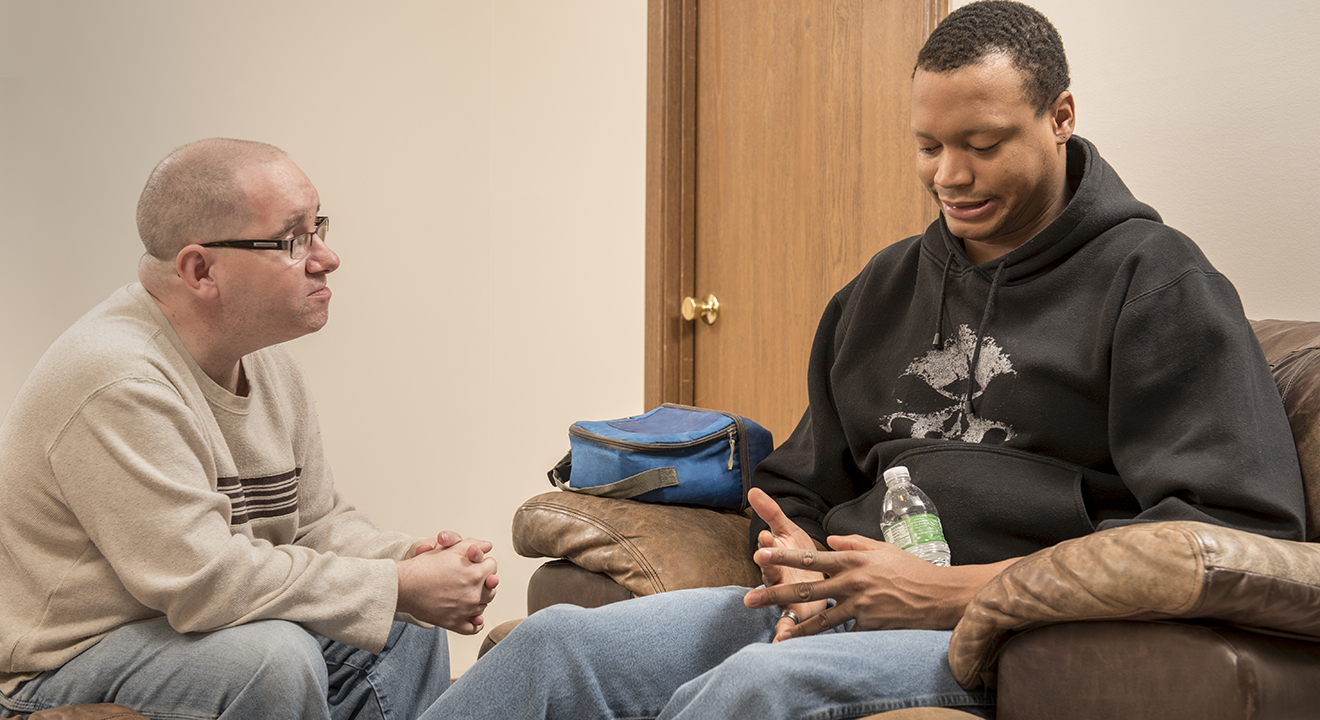“We’re completely pleased”
Published on March 1, 2018
RHD Missouri opened in 2008 in the St. Louis area to provide support services to people with developmental disabilities. Its hallmark companion model allows the people RHD assists to continue to reside in their own home with a live-in RHD caregiver chosen by the consumer and their family.
It’s the kind of control over their own lives that many people with developmental delays – and their families – strive for in a residential program.
“We’re completely pleased; what a burden has been lifted off our shoulders,’’ said DeeDee, whose daughter Dawn is thriving in the companion program. “She’s happy. That’s all we care about.
“We could not be more surprised that it would work out the way it did, and that (RHD) would find such wonderful staff that I trust with my daughter. I just am amazed. Parents I tell about the program, at first everybody said: Oh, no; there’s no way it will work. The other parents were all against it. Now they’re saying: What agency are you with?’’
The companions assist with daily activities as necessary – daily care, medications, meal preparations, etc. – and take part in social and recreational activities. As housemates, they build the close relationship that comes from working together to achieve a mutually satisfying home life. RHD approaches the companion model with the idea that it is a shared home/shared life. People want to live in a place that feels like home, and the companion approach naturally lends itself to ensuring that this takes place because the companion lives in their home.
The approach benefits both parties: The consumer gains the stability and independence that come with living in one’s own home, while the companion is paid a salary and lives rent-free in exchange for supporting the consumer with his or her daily needs. The companion has free time when the consumer is participating in day programs, and on weekends, when relief caregivers are on the job.
The relationship between the consumer and the companion becomes the central part of both lives. The homelike environment with one primary caregiver provides more stability and independence. The families and the consumers ultimately choose the companion that bests suits their needs and interests, which helps build the relationship.
During the matching process, the companion spends time with the family; two to three months may pass before the companion moves into the home. The companion model of support doesn’t work for everyone. Other models of support include a host family approach, where the consumer lives with a caregiver in the caregiver’s home, or a group setting, inviting and nurturing relationships among the families and the companions.



